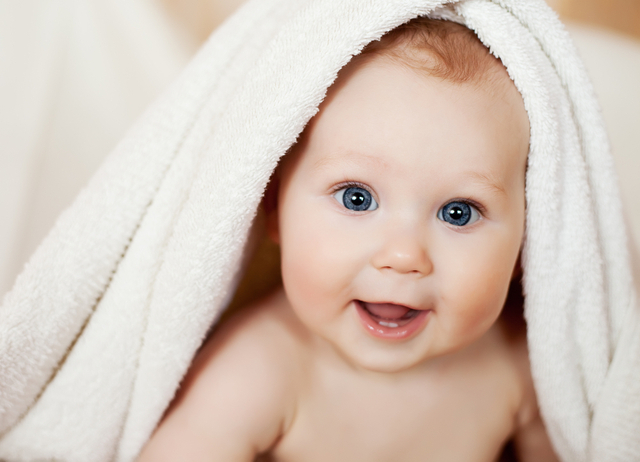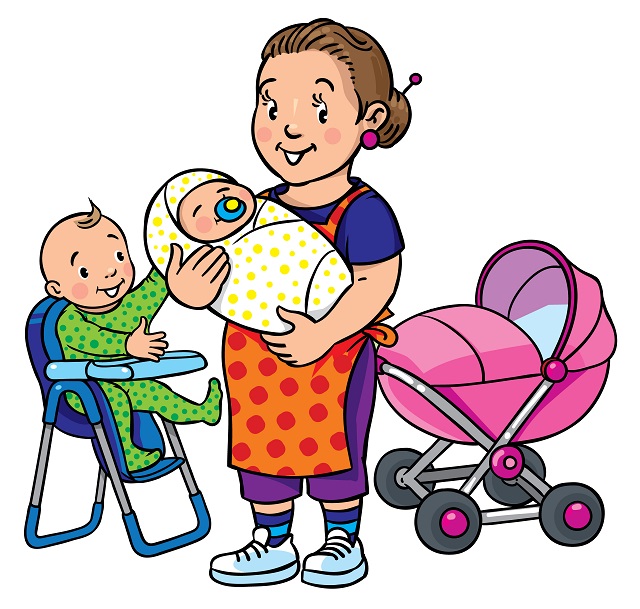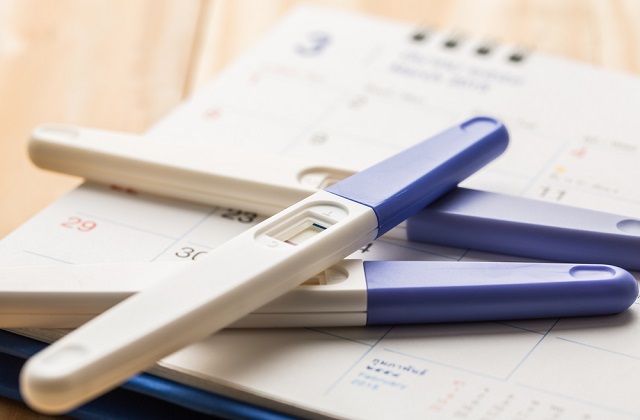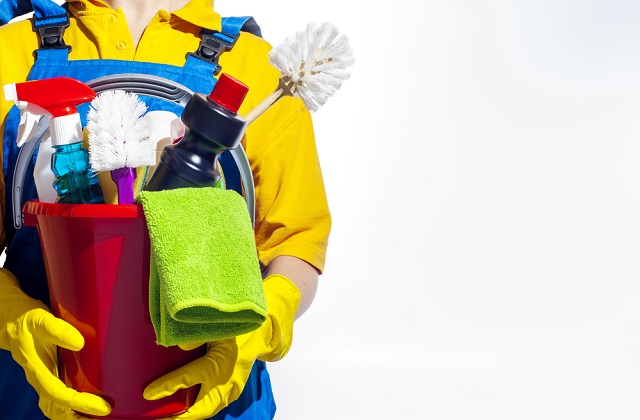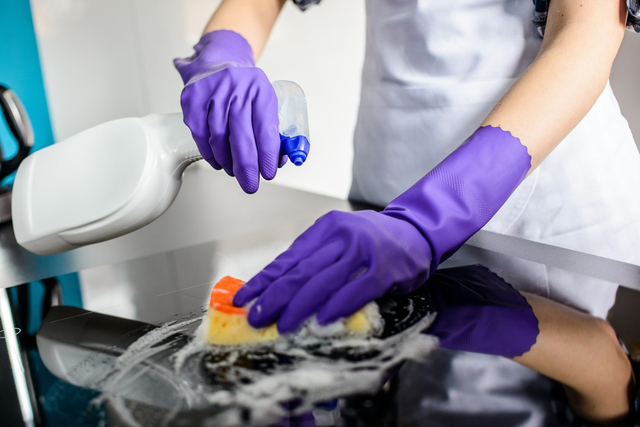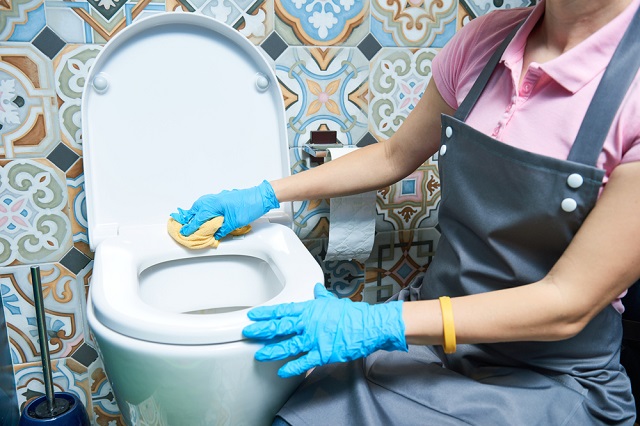How To Treat Styes In Your Child
A stye is an infection of the secretory glands of the eyelids. It results from blocked glands within the eyelid. It is a common eye disease in children.
Stye in children is usually caused by bacterial infection or poor eyelids hygiene which causes the secretory glands of the eyelids to be blocked. The oil produced by the small glands backs up and forms a tender, red bump in the eyelid. There may also be yellow or white discharge from the bump.
Most styes can open, drain and heal by itself within a few days. However, you can speed up this process by simple treatment done at home.
Treatment At Home:
1. Warm compresses
Apply warm compresses four or six times a day while keeping your child's eyes closed helps with the drainage of the stye. You can use a clean washcloth and wet it with warm water. Do not use hot water. Hold the warm compress on the infected area for about 10 to 15 minutes.
The heat will draw the pus to the front of the stye, speeding the process of it breaking open and draining more quickly.
2. Clean the eyelid after the stye has drained
After the stye has drained on its own, parents should wash the child's eyelids with a clean cloth and some warm water to prevent the infected pus from spreading. The swell should then disappear in a week.
3. Do not squeeze or puncture the sty
Do not ever squeeze or puncture the sty. There are a lot of blood vessels in the eyelid. An infection that is more serious may occur if you squeeze the sty.
4. Prevent the infection from spreading
If the infection is only on one of the child's eyes, do not use the same cloth to clean both eyes. This is because the bacteria can spread from one eye to another, and to other people's eyes as well. Hence, parents should also not use the same cloth to wipe the face and eyes of another child or adult.
5. Wash hands regularly
There is no need for the children to stop going to school or daycare as long as treatment is done before they leave and after they get home. However, while they resume their activities, they should wash their hands regularly throughout the day. Parents should also teach the older children not to rub their eyes.
6. Visit the doctor
Parents should bring their child to see the doctor in these situations:
- The child is 3 months old or younger.
- The child's stye has not drain after 1 week of using warm compresses.
- There are more than one styes.
- The child is at least 4 months old and the redness and swelling extend to the whole eyelid or the opposite lid. This may be a sign of periorbital cellulitis, which is an infection of the tissues around the eye. Periorbital cellulitis may lead to a serious condition called orbital cellulitis if the infection spreads to the eye socket. This can lead to permanent vision problems or total blindness. Thus, it is important to treat cellulitis of the eyelid immediately to prevent complications.
- The child's vision is affected.
- The styes keep coming back.
- The child has a fever:
For an infant under 3 months of age, 38 degrees Celcius or higher.
For children of any age, repeated fever of over 40 degrees Celcius.
For a child under 2 years of age, a fever that lasts more than 24 hours.
For a child over 2 years of age, a fever lasts more than 3 days.
Even though most styes do not require treatment, an antibiotic ointment, eye drop or oral antibiotic may be prescribed. In some rare cases, the doctor might make a small cut in the eyelid to drain out the material beneath the skin.
How to prevent styes
It is difficult to prevent styes as children get more styes than adults and some may be more prone to them.
If your child keeps getting styes, you may minimise them by cleaning his or her eyelids properly every day. You may use a diluted baby shampoo or an over-the-counter eye-scrub soap.
It takes a village to raise a child !
Join our WhatsApp Groups or Facebook Group to interact with parents about infant care/child care in Singapore..

